
Dust mite allergy and the symptoms that indicate it
When people are allergic to tiny bugs which cannot be seen with naked eye, but which are spider-like, then they have dust mite allergy. These little creatures live in the house dust and they multiply in warm and damp areas, while in areas in which the temperature is below 70 degrees Fahrenheit and humidity is under 75% they cannot survive. They feed on dead skin from pets and humans, which means that they are not going to starve because flakes of skin can be found everywhere (in bedding, on the floor, in the carpet, furniture). Symptoms that help in recognizing dust mite allergy include runny nose, sneezing, itchy nose or even throat, cough, swollen skin under the eyes which might be bluish as well, and waking up too often. In people who already suffer from asthma, dust mite allergy might aggravate the symptoms and cause problems with breathing, tightness in the chest, wheezing while exhaling, and bouts of coughing. However, which of the symptoms will be present depends on the severity of the case, and mild cases will mostly be recognized by runny nose, watery eyes and sneezing, which might also indicate a common cold. Still, if the symptoms are present for more than a week, then it is recommended to visit or consult a doctor.
Ways to deal with dust mite allergy
Once the person is diagnosed with dust mite allergy, it will be necessary to try to reduce to minimum the exposure to the dust mites, because this should make allergic reactions less frequent. Still, the fact remains that it is impossible to eliminate these microscopic organisms entirely, which is why people will need certain medications that help in keeping the symptoms under control. The therapy might include antihistamines, corticosteroids, decongestants as well as some other medications.
Antihistamines are used when itching, sneezing and runny nose need to be relieved, and they can be taken in tablet form or in the form of nasal spray. None of them can be obtained without medical prescription, while there are also antihistamine syrups that do not require prescription and that are for children.Corticosteroids can be found in the form of nasal spray and they reduce inflammation, as well as symptoms of hay fever.Decongestants help with breathing through the nose when it is obstructed due to the swollen tissues. Still, one should be careful with this medication because it might increase blood pressure, which is not good for people who suffer from some cardiovascular disease.Immunotherapy and nasal lavage are also ways in which dust mite allergy can be treated.





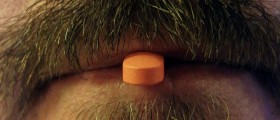
-Help-Treat-Your-Cold-Or-Flu_f_280x120.jpg)
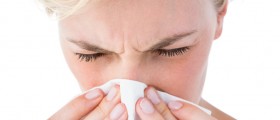

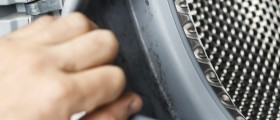


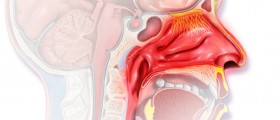

_f_280x120.jpg)

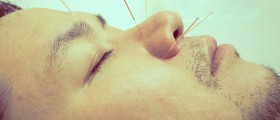
Your thoughts on this
Loading...